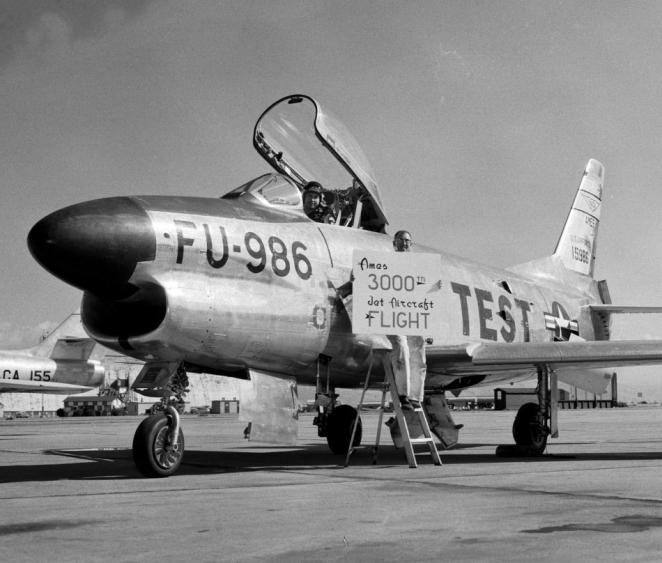One of the most well-known examples of the danger of averages comes from the U.S. Airforce in 1952. The Airforce was suffering a large number of crashes taking lives and expensive equipment.
At its worst point, 17 pilots crashed in a single day. They believed they had good pilots, flying better planes, but they were getting worse results.
Some misconceptions had to be overcome. The first was the obvious factor that they were now in the jet age, and planes were more challenging to fly. This matter led to blaming the pilots, then the technology and then the flight instructors.
The real problem was the cockpit, and they were battling a historical precedent.
The first cockpits were designed in 1926 by the army and engineers had measured the physical dimensions of hundreds of male pilots, calculated the average size and designed the cockpit for the "typical" pilot, even designing a helmet for the average size head.
Fortunately, around the early 50s, the Airforce had hired a 23-year-old scientist, Gilbert S. Daniels, who had majored in physical anthropology. His area of study, however, had its historical limitations.
This field had focused heavily on trying to classify the personalities of groups of people according to their average body shapes. For example, many believed a short and dense body was indicative of a cheerful and fun-loving personality while receding hairlines and fleshy lips reflected a "criminal type."
It's not hard to extend this approach and assume there is a typical shape to a person who becomes a pilot.
But Daniels' undergraduate thesis was based on measuring the shape of 250 male Harvard students' hands. The students were from very similar ethnic and socio-cultural backgrounds, so it might be expected that they had the same physical features.
They did not.
But the danger of averages went further. Daniels found that none of the students had hand measurements that fitted the calculated average.
Daniels is reported to have said "When I left Harvard, it was clear to me that if you wanted to design something for an individual human being, the average was completely useless,"
After setting to work in the Air Force and measuring over 4,000 pilots, Daniels made a significant change by defining the typical size of a pilot within a range, not just one precise number. But there needed to be a further understanding. Daniels measured ten different physical characteristics (head shoulders, chest, waist, hips, etc.), and a result in one did not automatically dictate the outcome in other areas.
The Air Force took a new perspective: rather than fitting the individual to the system, the military began installing the system to the individual. They demanded the cockpit be able to cater for the range of pilot dimensions.
The aircraft manufacturers said that adjustment in the cockpit couldn't be made cheaply nor quickly, but the engineers soon had a solution.
Now the Air Force has a much higher range of people who can be pilots based on the skills they need rather than their physical characteristics, including many women.
This seems obvious now that we live in a world where every driver's car seat is adjustable.
Yet we are still beset by thinking of the typical situation in transport. And often this is based on assumptions about a trip purpose, a destination or a decision-making process.
When we collect data traffic on a major arterial road, we too often assume that most are going to the city centre, that the vast majority is journey-to-work (especially in the peak) and that the drivers or public transport passengers are making the same trip every weekday. These misconceptions have plagued professional discourses and the public debate throughout the modern era of transport management.
The Coronavirus will force us to totally rethink our attitude to transport. It is not serving a group of typical people who are living out their lives in a regular manner (if it ever was such) but understanding the dynamics and variability of why people want or need to travel and how they are going to get parcels and goods delivered to their homes.
What are your thoughts? You can join the conversation via our Anything But Average LinkedIn Page.
References and Further Reading
The End of Average Unlocking Our Potential by Embracing What Makes Us Different
by L. Todd Rose © 2016. Published by HarperCollins Publishers Ltd.
Gilbert Daniels published his findings in a 1952 Air Force Technical Note entitled The "Average Man"?
Ted Talk by Todd Rose. "The Myth of Average: Todd Rose at TEDxSonomaCounty"
When U.S. air force discovered the flaw of averages, The Star, 2016-01-16

